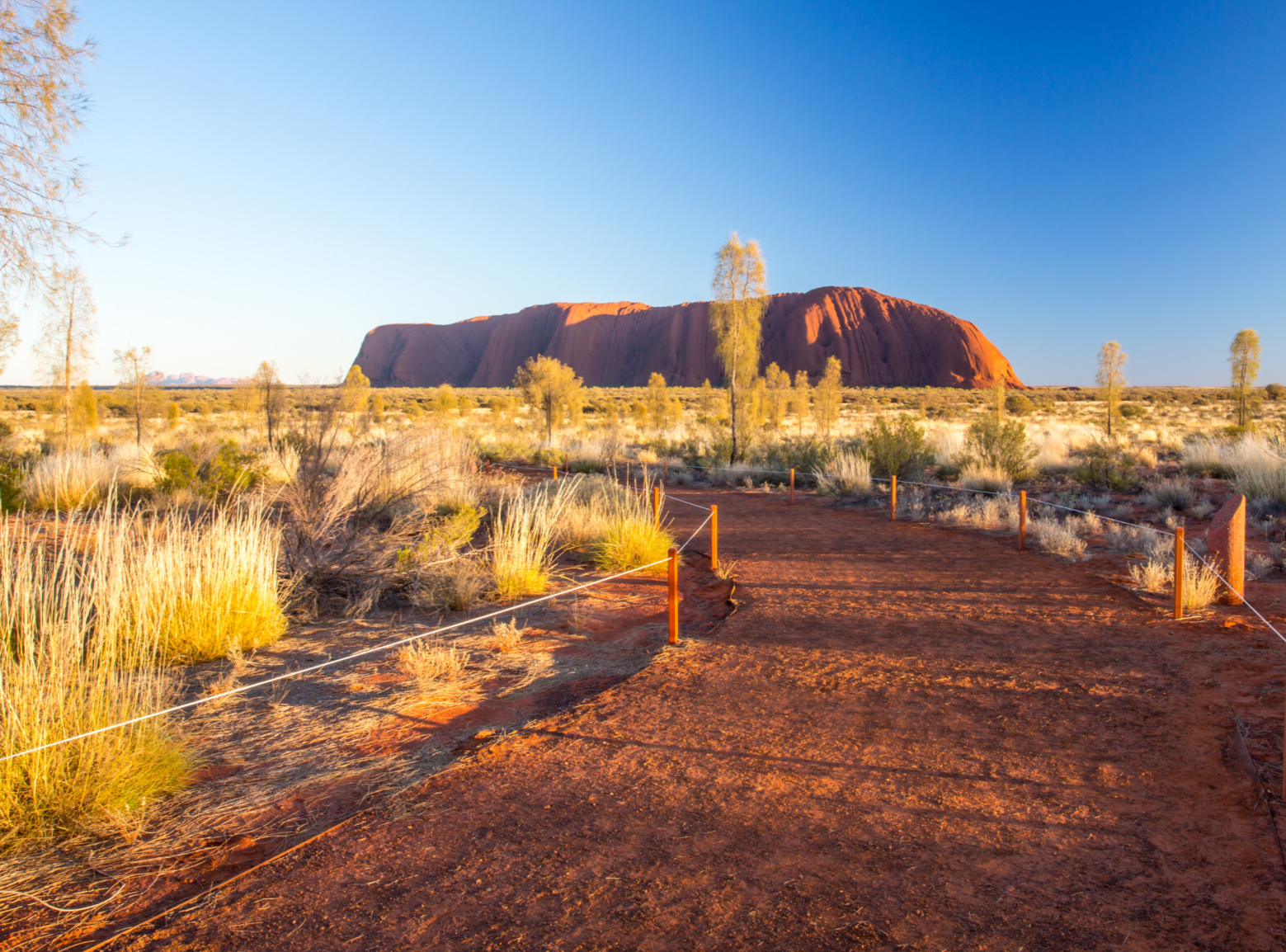Australia, known for its stunning landscapes and unique biodiversity, is home to some of the world’s most ancient cultures. The Indigenous peoples of Australia, with a history dating back over 65,000 years, have a profound connection to the land. Central to their culture is the practice of land management, a tradition that not only sustains their communities but also plays a vital role in preserving the country’s natural ecosystems.
In this article, we delve into the intricate relationship between Australia’s Indigenous communities and their land management practices, highlighting the crucial role they play in conservation and cultural preservation.
The Significance of Country
For Indigenous Australians, the land, often referred to as “Country” with a capital “C,” holds immense cultural and spiritual importance. Country is not just a physical place; it embodies their entire worldview, history, and identity. Indigenous Australians believe that they are not the owners of the land but rather its custodians, responsible for its care and protection.
This deep connection to Country has given rise to a profound understanding of ecosystems and natural processes, making Indigenous communities invaluable stewards of the environment.
Firestick Farming: A Time-Honored Practice
One of the most well-known land management practices is “firestick farming” or controlled burning. This ancient technique involves deliberately lighting fires during specific seasons to manage vegetation and promote healthy ecosystems. These controlled burns reduce the risk of more intense and destructive wildfires while encouraging the regeneration of native flora.
Firestick farming has been practiced for millennia, and its benefits are manifold. It not only protects communities from catastrophic fires but also enhances biodiversity by promoting the growth of native plants and supporting the habitats of various wildlife species.
Traditional Knowledge and Modern Science
Indigenous land management practices are not rooted in superstition but in a deep understanding of the land’s ecology, garnered over generations. The traditional knowledge passed down through oral histories is increasingly being recognized and integrated into modern conservation efforts.
Collaborations between Indigenous communities and scientific researchers have led to innovative solutions for land and wildlife management. By combining traditional practices with cutting-edge scientific techniques, such as satellite imagery and ecological modeling, conservationists can better understand and protect Australia’s unique ecosystems.
Preserving Cultural Heritage
Efforts to preserve Indigenous land management practices are not just about environmental conservation; they are also essential for safeguarding cultural heritage. Many Indigenous communities are working to document and pass down their traditional knowledge to younger generations, ensuring that these age-old practices continue to thrive.
Cultural tourism initiatives allow visitors to learn about Indigenous land management practices while providing economic opportunities for Indigenous communities. These interactions not only educate the public but also foster a greater appreciation for the wisdom of Australia’s First Nations.
Challenges and Opportunities
While Indigenous land management practices have been successful in many areas, they face challenges such as climate change, invasive species, and land development. Rising temperatures and altered rainfall patterns can disrupt traditional burning schedules, making it essential to adapt practices to a changing environment.
Partnerships between Indigenous communities, government agencies, and conservation organizations are crucial for addressing these challenges. Supporting Indigenous-led land management initiatives empowers communities to protect their Country while contributing to broader conservation goals.
Conclusion: A Synergy of Tradition and Conservation
Australia’s Indigenous land management practices demonstrate that conservation and tradition need not be at odds. Instead, they can complement each other, forming a powerful alliance for the protection of natural landscapes and cultural heritage.
As we look to the future, it’s clear that the synergy between Indigenous knowledge and modern science will be instrumental in addressing the pressing environmental challenges facing Australia and the world. By respecting and valuing the wisdom of Australia’s First Nations, we can forge a path toward a more sustainable and harmonious relationship with the land we all call home.





